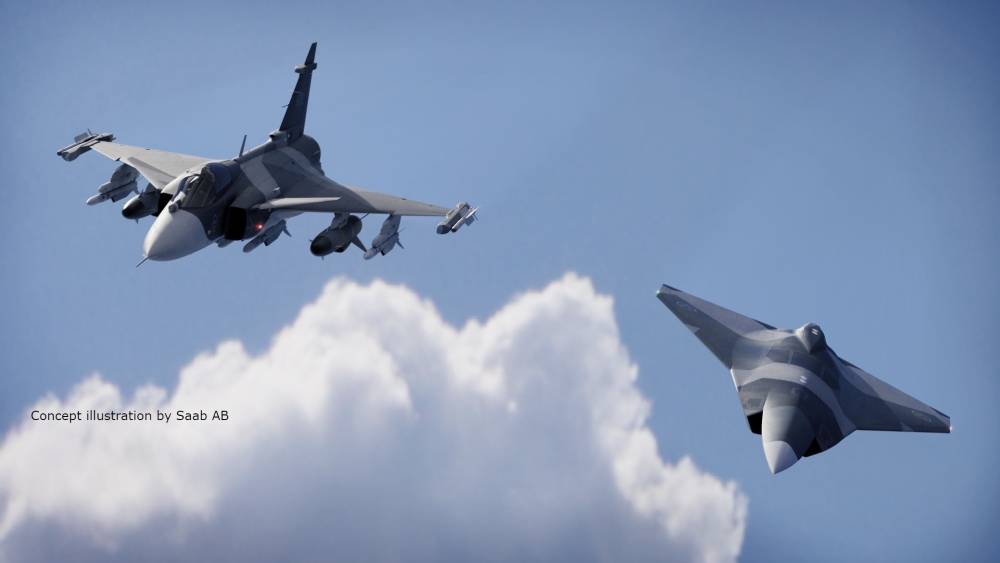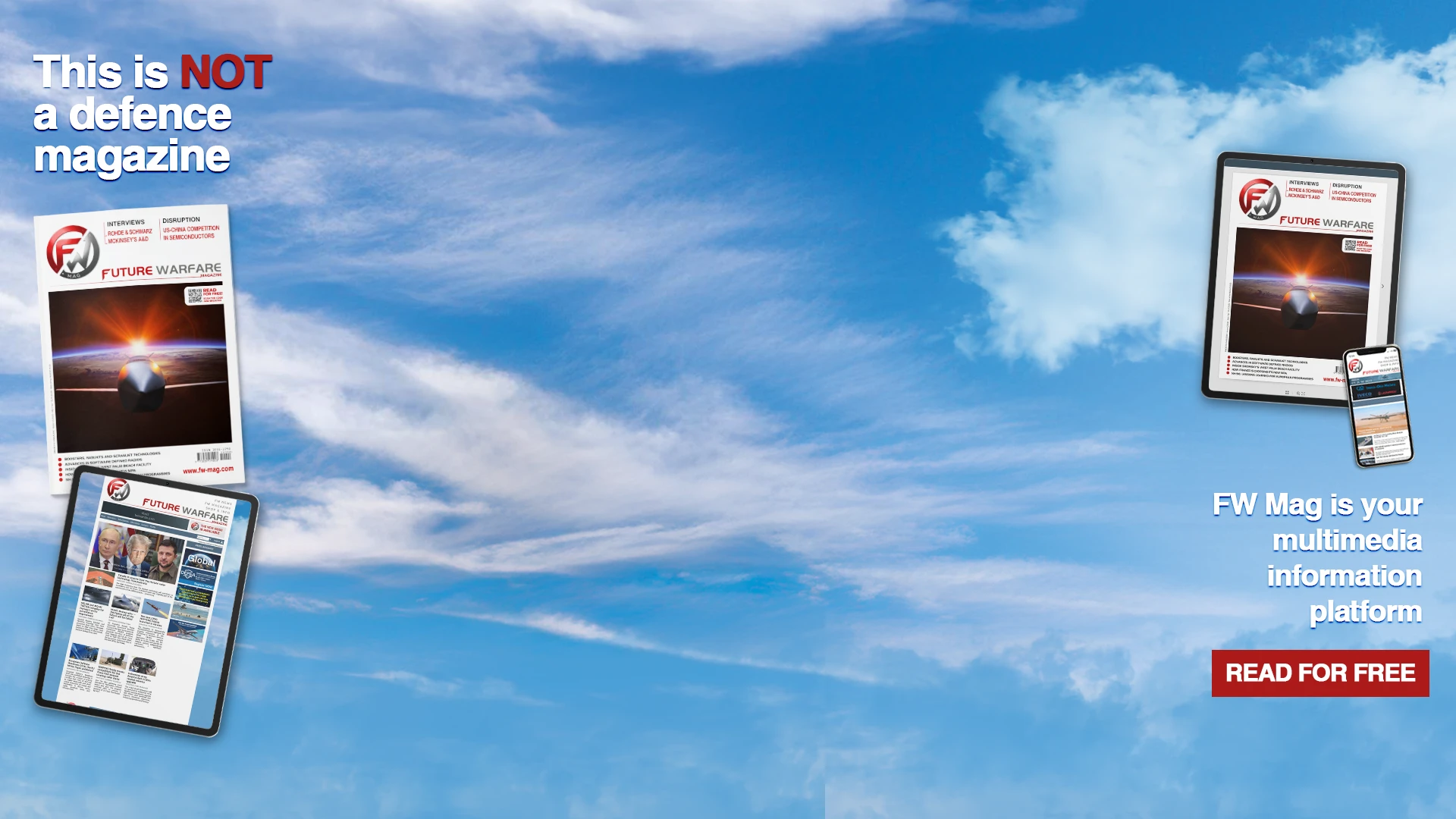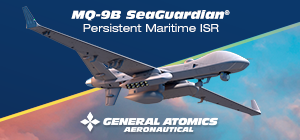
Peter Nilsson, Saab's Head of Business Unit Future Programmes, unveiled the first details of the next-generation system that will side Gripen-E and, in a far future, will replace it. The phase-out of the Gripen C/D (98 in service) will begin in 2035 and will be gradual, while the new 60 Gripen-Es will be in their full operational life. It is also possible that the initially planned further batch of 20 aircraft will be ordered in the next few years. At the moment, Flygvapnet (Swedish Air Force) envisages a model based on around 120 aircraft, 60 C/Ds and the same number of Es. Brig. Gen. Tommy Petersson, Deputy Chief of Staff of the Flygvapnet, said that discussions are ongoing and that the order of battle will be discussed in the coming months, with a decision likely around December 2024. The preliminary study for the next-generation system, launched in July 2023 and confirmed in March 2024, will be completed in 2025. Thereafter, the company will launch a four-year phase for the selection and development of technologies deemed relevant (2026-2030), and then proceed to actual development from 2031. The programme is generically known as the Future Fighter System (FFS). Nilsson argues that the Gripen-E's capabilities ensure that there will be no capability gap within the Swedish Armed Forces and give Saab time to conceive the next generation within a reasonably long timeframe. Among the reasons that led Sweden to exit the GCAP programme were the costs - considered exorbitant - but also the difficulty of establishing a definite roadmap and development path. Saab, on the other hand, would like a pragmatic approach to complex technologies such as artificial intelligence/machine learning, cloud computing, 3D printing, cognitive radars and more. To date, Saab has launched more than 150 R&T projects within the Aeronautics division. The actual 120 employees, researchers, and engineers involved will be augmented by further 150 bringing the total figure to 270 shortly. Nilsson believes that Saab’s site in Linkoping is especially suited for such tasks, as it has “the advantage of possessing the whole Saab knowledge base and industrial capabilities in a range of 350m.” The site, densely populated by research laboratories and production line, would be the ideal breeding ground for smart, cost-effective solutions. In addition, the Swedish Air Force's operational requirements remain unchanged and call for aircraft that, although state-of-the-art, are small in size, ensure ease of use and maintenance, low acquisition and operating costs, and operations in extreme climates and terrain. The generous size and complexity of the main fighters in the Franco-German FCAS and Anglo-Italian-Japanese GCAP programmes do not fit these requirements. Brig. Gen. Tommy Petersson confirmed that even a next generation system must allow for dispersed operations, as it is the case for the current Gripen fleet. According to Saab’s test pilot Jussi ’Miyagi’ Halmetoja, “another key problem is that data are the vendor-locked, and new programmes are going in that direction. The Swedish Air Force is reluctant to leave property of its fighter data exclusively to private companies without having full visibility. Saab’s data sets allowing to exploit all the information collected by the FMV since late 1990s on Gripens remain shared property with the air force, who always has a last say before these data are exploited or used for other applications.” Concretely, the first demonstrator to fly in 2030 could be a remotely piloted/autonomous aircraft and not the main fighter, as it is of simpler design and ideal for testing numerous technologies. Nevertheless, Saab has not shied away from presenting some ideas about the future fighter. It would be a light single-engine fighter with stealth lines, in the same class as the Russian Checkmate. It would be the first realisation of its kind in the West, and as such would have a rather important market among the many countries that are unlikely to have access to expensive systems such as SCAF and GCAP. Nilsson specified that low radar observability, although indispensable, will not be the main criterion around which the aircraft will be built and not sought at any cost, while great importance will be given to passive sensors, a future conformal radar and the electronic warfare suite. This also applies to the unmanned component, of course. As far as motorisation is concerned, Saab intends to enter into discussions with its traditional US and British partners in order to use an existing engine or, at most, a new version that does not require major redesign. It is likely that the eventual first demonstrator will fly the same General Electric F-414 as the Gripen-E or an improved version of it.








.png)
